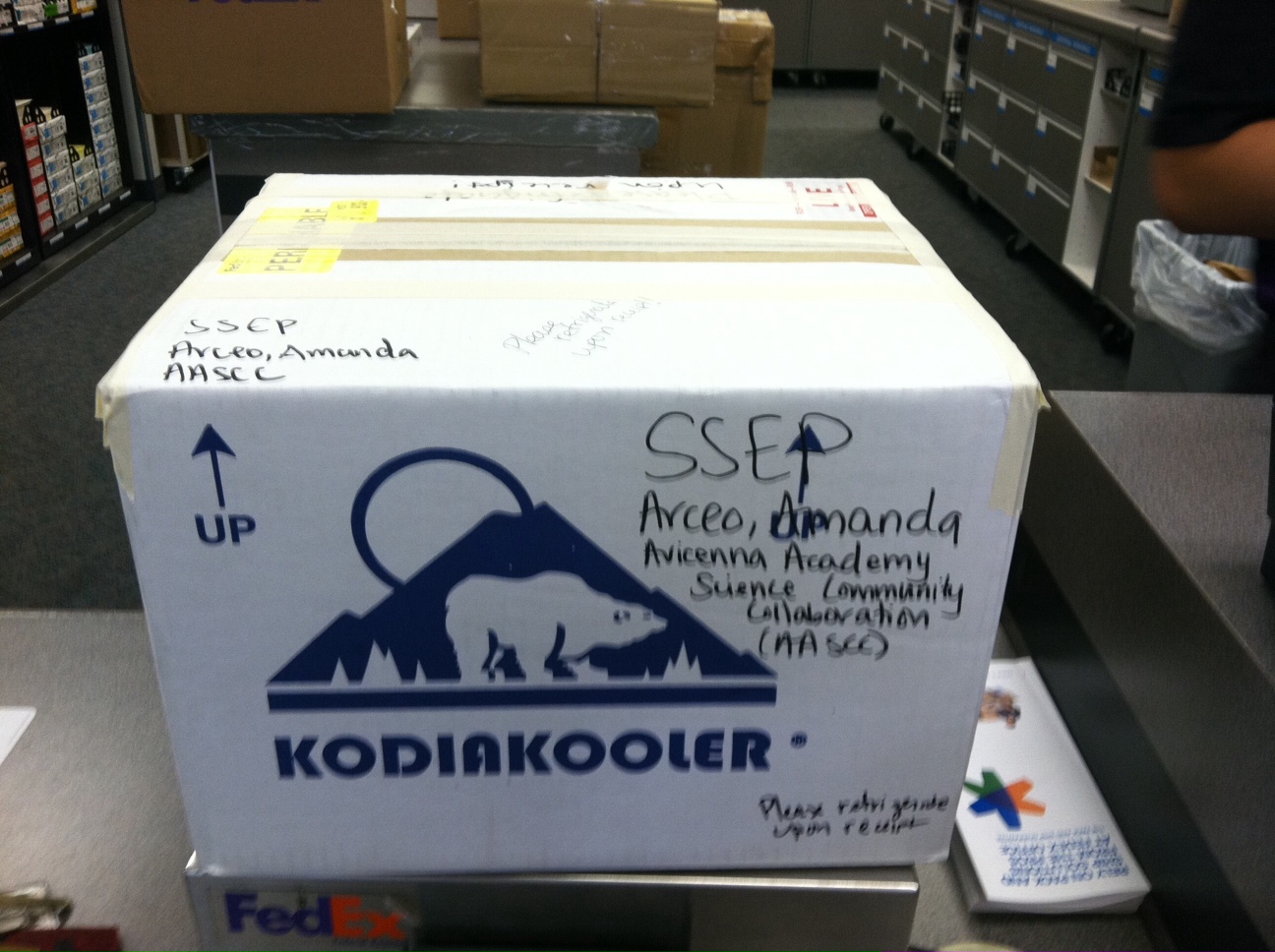Last week we got an email with a simple subject line and attached photo that captured one community’s journey. It was from Amanda Arceo, SSEP Community Program Director for Crown Point, Indiana. Anybody else share her excitement (and relief)? The Avicenna Academy Science Community Collaboration is sending two species of paramecium into space to fight it out aboard STS-135. Below is a photo of their precious cargo.
Excitement is building for the launch of STS-135, and we’re all getting ready to head down to Kennedy Space Center, but not before the remarkable 2-day SSEP National Conference at the Smithsonian’s National Air and Space Museum where student teams from SSEP on STS-134 will report their preliminary results, and present their experiments to the visiting public. I guess I better get ready for my keynote address in the Milestones of Flight gallery, beneath the Spirit of St. Louis, near John Glenn’s Friendship 7, and beside the Apollo 11 Command Module Columbia. Should be kind of magical—it’s taking place for the 120 SSEP Conference attendees before the Museum opens to the visiting public, and we’ll see if these machines of human exploration might speak to us. If you’re not attending the conference, here’s a bit of a taste at Blog on the Universe and at the Huffington Post.


Comments are closed.